- | 10:00 am
This iconic sneaker brand disappeared for 40 years. Now it’s making a comeback
A sneaker designer found a pair of vintage SeaVees in a thrift shop. Now he’s on a mission to turn them into the next big legacy brand.
Steven Tiller is a sneakerhead. Even though he’s spent his career surrounded by shoes—as a sneaker designer for Cole Haan, Lands’ End, Keds, and Steve Madden—he still marvels when he comes across an elegant, well-designed pair.
In 2005, he was puttering around a vintage store in Tokyo when he came across an interesting pair of shoes in a glass case. They looked like a classic pair of blue lace-up sneakers from the 1960s—a more masculine version of Keds. Tiller didn’t recognize the brand name, SeaVees, emblazoned on the insole. But he was still willing to drop $500 on them. “They looked so familiar, but I couldn’t quite put my finger on it,” Tiller recalls. “The branding and details were reminiscent of something I had seen before, but it was strange that the name didn’t ring a bell [considering] I’m in the sneaker business.”
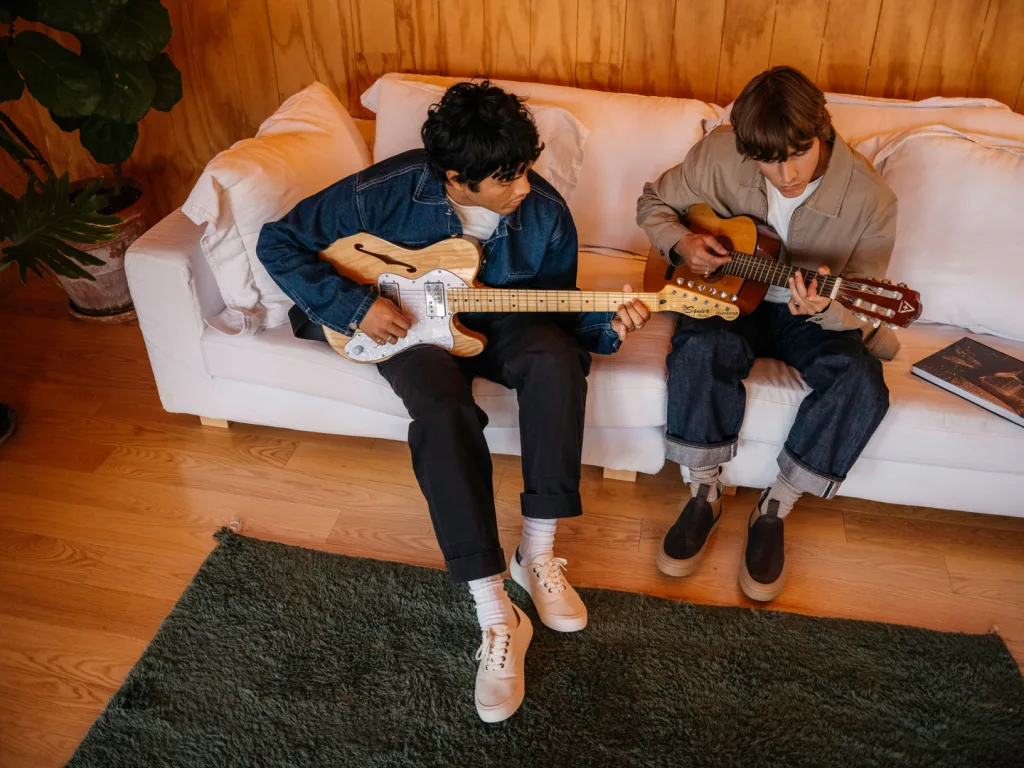
Tiller was so captivated by the sneakers that he decided to look into their origins. He discovered that tire company BFGoodrich had launched SeaVees in 1964, deploying its rubber supply chain to create sneaker soles. The brand was dormant for nearly 40 years, but Tiller believed he could bring SeaVees back and make it a heritage American sneaker brand once again, like Converse and New Balance. So three years after discovering the sneaker, Tiller quit his job as president at Steve Madden to relaunch SeaVees.
Over the past decade, Tiller has grown the brand slowly. He’s unearthed an archive of vintage SeaVees images, then tried to redesign the shoes using modern technology and sustainable materials. He’s sold them across 300 retail accounts, including Nordstrom, and now believes the brand is ready to scale.
SeaVees is growing at a rate of 30% year over year, with many of its new styles selling out within days. Tiller has turned to investing in the brand’s direct-to-consumer channels, including its website and its two brick-and-mortar stores. The past four years have yielded the brand’s highest sales to date. So, some 60 years after it first launched, Tiller believes SeaVees is ready to become a household name.
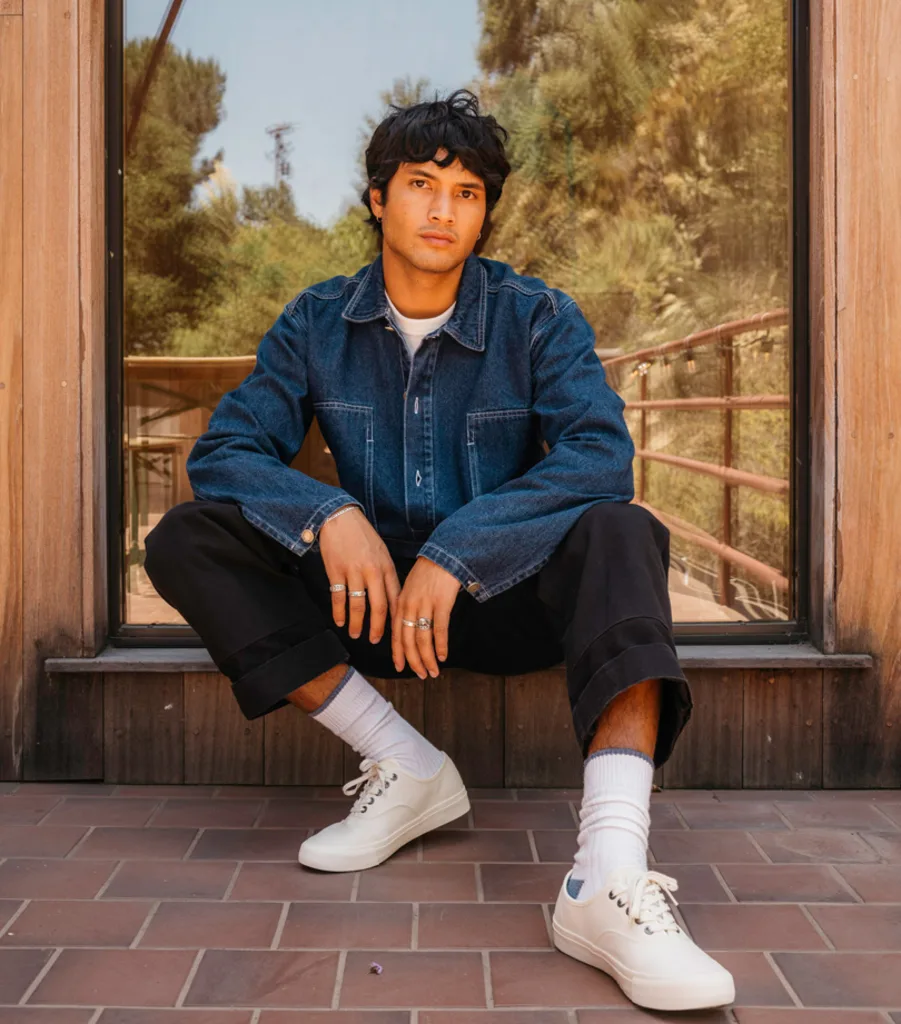
Americans Love Heritage Brands
Bringing a fashion brand back from the dead is more common than you might expect. Some research has found that consumers gravitate toward brands that inspire nostalgia; people are more likely to trust older brands. So over the years, companies and entrepreneurs have scoured the market for brands that were once popular but had fallen on hard times.
Take Abercrombie & Fitch, which debuted in 1892 as an outdoor brand that sold products through mail-order catalogs. After years of success, its sales declined in the late 1960s. In 1988, Limited Brands (which also owned Victoria’s Secret) bought Abercrombie & Fitch and rebranded it as a cool teen label. Filson, founded in 1897, served gold prospectors and lumberjacks in the Pacific Northwest for decades. Then it disappeared. Twelve years ago, it was acquired by Bedrock Manufacturing, Shinola’s parent company, and it’s now experiencing rapid growth.
In the U.K., a private equity company called Endless recently purchased Antler, a luggage maker founded in 1914. It now sells polycarbonate roller luggage, which is nothing like the leather cases it made more than a century ago. Nevertheless, it’s marketing itself as a legacy brand.
Tiller is using a similar playbook with SeaVees. He’s spent a lot of time studying the brand’s archive of advertisements in Sports Illustrated, Reader’s Digest, and Playboy throughout the 1960s. He wanted a better understanding of what SeaVees stood for when it first entered the market. That way, he believed, he could develop a brand that seems authentically rooted in the past.
“I’m fascinated by the history of sneaker trends and manufacturing,” he says. “There’s a lot of history that has been forgotten about, but when you resurface it, people begin to remember.”

With SeaVees, Tiller’s focus is on the brand’s Californian identity. While many U.S. sneaker brands were founded in the Northeast, SeaVees was designed to be a casual deck shoe worn on the boardwalk. Its tagline? “A New Way to Go Casual.” In early ads, the shoes were styled with rolled-up trousers and unbuttoned Henley shirts.
Tiller has tried to translate this into the brick-and-mortar experience in its Santa Barbara and Newport Beach stores. Both are beach themed, with surfboards and buoys adorning the walls. And in ads, models wear canvas sneakers with rolled-up jeans and Henleys. But the truth is, all of these brands are designed to conjure an imagined past when life was simpler. It’s meant to tap into an aesthetic that seems cool and original in our modern times.
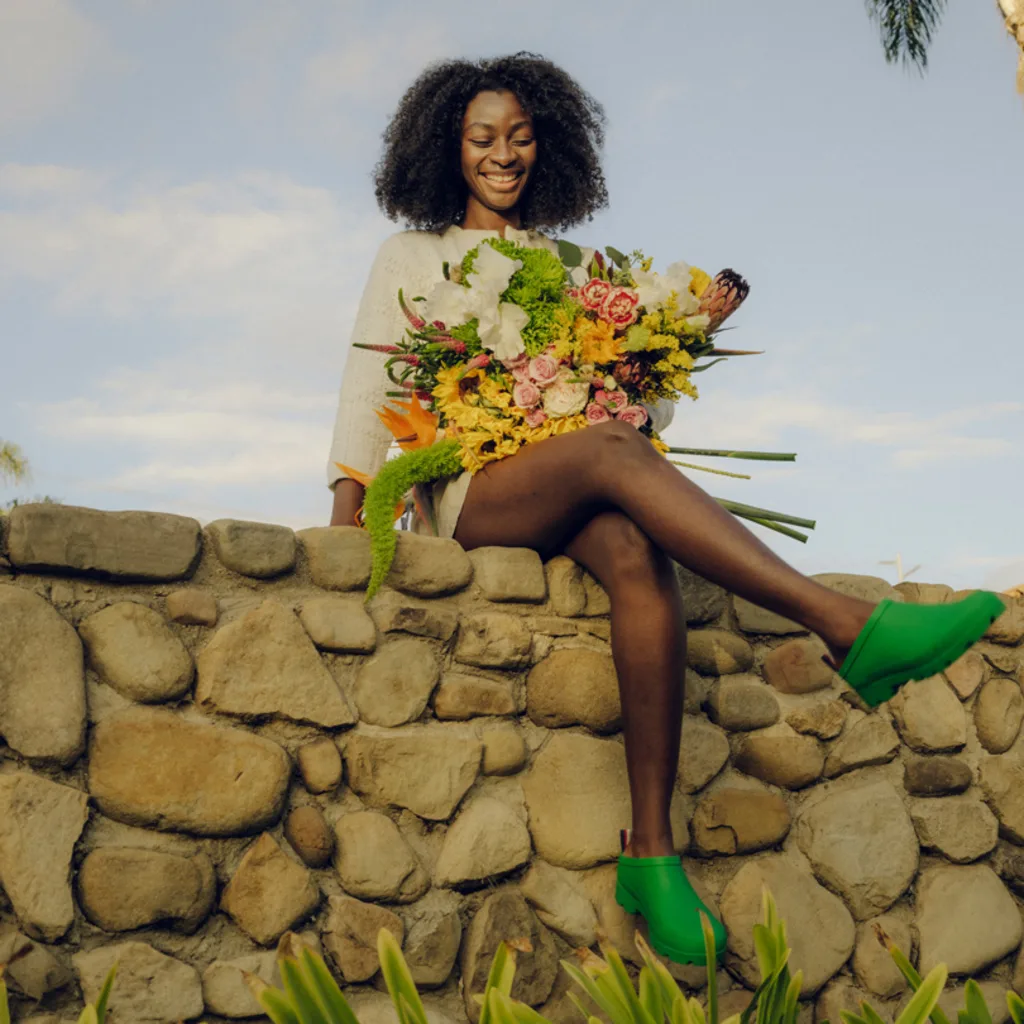
Inventing a Legacy Brand for Today’s Consumer
When Tiller launched SeaVees, he was obsessed with re-creating the brand’s original deck shoe as faithfully as possible. He located as many vintage SeaVees as he could find, then deconstructed them. As a sneaker designer, he fixated on every little detail, creating a pattern that he could bring to a sneaker factory.
“It was the upper that stopped me,” he recalls. “There was a light-blue herringbone pattern that made it unique, and the logo’s ‘V’ was a little pinched at the bottom because of the vulcanization process. I thought of it as a trust mark—something the consumer doesn’t necessarily see at first, but begins to notice over time.”
Tiller updated the shoe’s materials in ways that wouldn’t change the aesthetics, like introducing a more comfortable memory foam footbed and a better gauge of canvas. He then prototyped the shoe in three colors and took them to retailers to see if there was interest. Fred Segal in Los Angeles and Jeffrey in New York were early buyers, which exposed the brand to other merchants who were eager to bring SeaVees to their stores. Eventually, the brand could be found everywhere from J.Crew to Nordstrom.
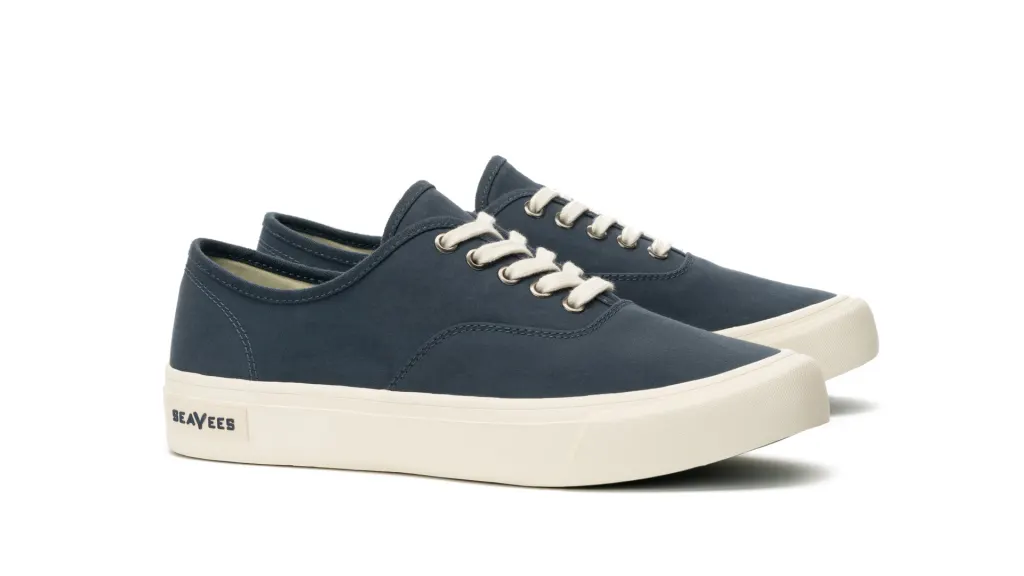
Over the years, Tiller realized that his obsession with re-creating SeaVee’s original shoes could be limiting. If the brand is to grow and appeal to today’s consumer, it needs to have a wider range of styles. “In the beginning, my fatal flaw was that I was such a purist,” he says. “I would only create shoes that the original brand made.”
Tiller has seen the pitfalls of being too narrowly focused on a simple aesthetic. Earlier in his career, Tiller worked for Keds, the rubber-soled canvas sneaker brand founded in 1916, and Sperry, the boat shoe brand founded in 1935. “Both have incredible brand recognition,” Tiller says. “While that’s fantastic, it can also be very challenging to break out and do something new. So your audience is limited to people who want something very specific.”
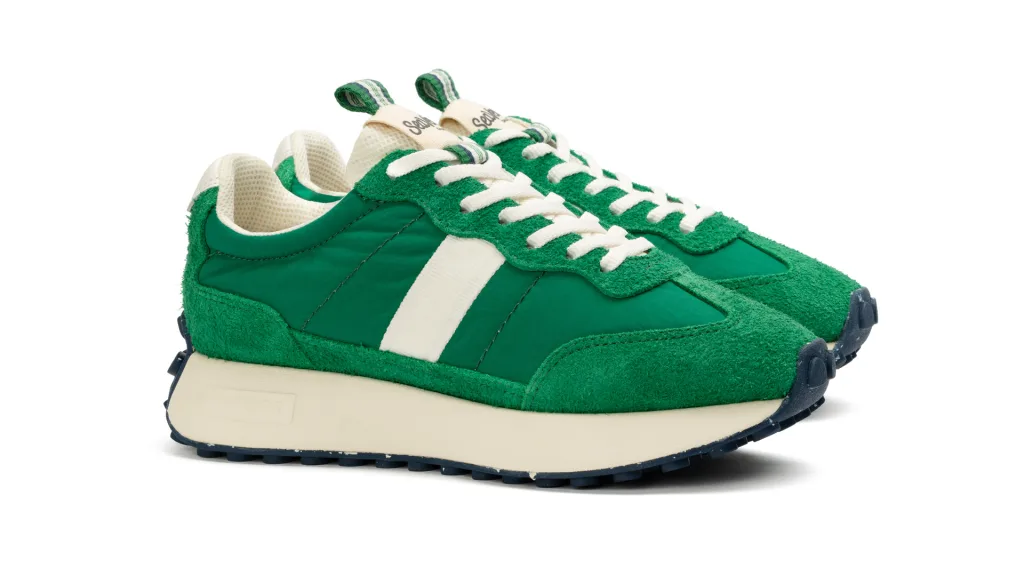
Since people aren’t as familiar with SeaVee’s, Tiller has a lot of freedom to create a brand that is relevant to today’s consumer. He started with a women’s line of deck shoes that looked similar to the men’s. But these days, he’s designing a wide range of shoes that all have a vintage feel. A year and a half ago, SeaVees launched a trainer called the Acorn with a very large sole and stripes on the side, along the lines of a vintage New Balance shoe.
It sold out within two weeks, and when the brand replenished its stock, it sold out again within 10 days, resulting in a seven-month stretch of record-breaking sales. This year, the majority of growth in sales is coming from a range of new silhouettes, including an espadrille and another trainer called the Royal Runner.
“I stopped thinking in terms of what the brand made in its early years, before it shut down in 1972, and I began to imagine what I would have created for SeaVees if I had been a designer in the lost years, the 1980s and 1990s,” Tiller says.

Now he believes that SeaVees has a shot at gaining the same kind of brand recognition as other iconic American sneakers. The brand is growing quickly, expanding its store footprint and investing heavily in its direct-to-consumer business. “We’re finding that [the] consumer believes we have heritage and authenticity,” Tiller says. “I think that SeaVee’s second act could be much bigger and more relevant than its original one.”







































